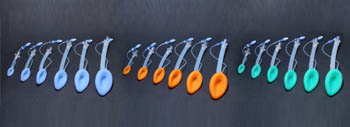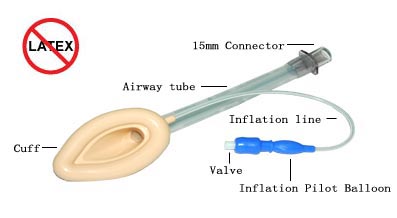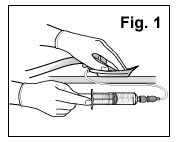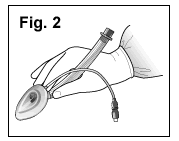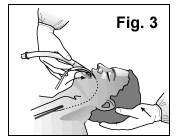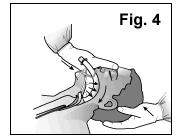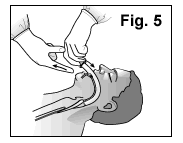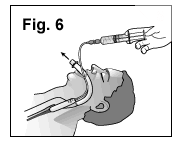¡¡
third generation of re-usable silicone LMA New size: NO.£±.£µ/ NO.£²/ NO.£².£µ/ NO.£³/ NO.£´/
NO.£µ
The Laryngeal Mask Airway is made of medical-grade silicone rubber. IT has two kinds: for single use (with various of colours) and for re-useable. It consists of four main components: mask ,an airway tube,indicating ballonet and standard connector. The airway tube is a large-bore tube with a 15 mm standard connector and a fiberoptic scope. Its inserted end is fitted with a specially shaped cuff, which can be inflated and deflated via a valve on the end of the indicated cuff. The mask is designed to conform to the contours of the hypopharynx with its lumen facing the laryngeal opening. ¡¡
Clinicians
have successfully used the Laryngeal Mask Airway as a conduit
for tracheal intubation, especially in the difficult airway situation.
Therefore, if a patient who needs to insert a tube through the Laryngeal Mask Airway is performed, using a fiberoptic scope will
increase the likelihood of successful intubation. The single hole and
mat finish designed for Laryngeal Mask Airway are advantageous for the
insertion of Bronchoscope . The single hole Laryngeal Mask
Airway is propitious to be cleaned, with no dead angle.Ideally, the Laryngeal Mask Airway should be considered as the proper option
for blind intubation.
|
|||||||||||||||
